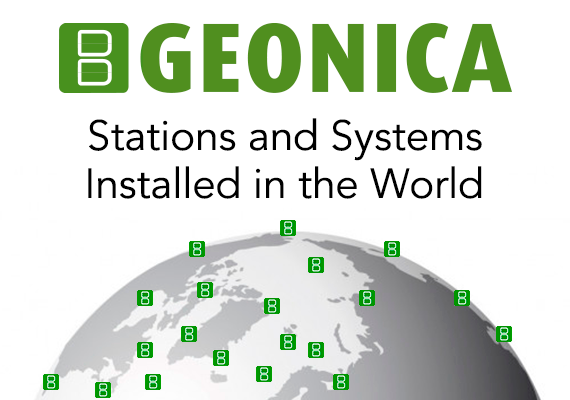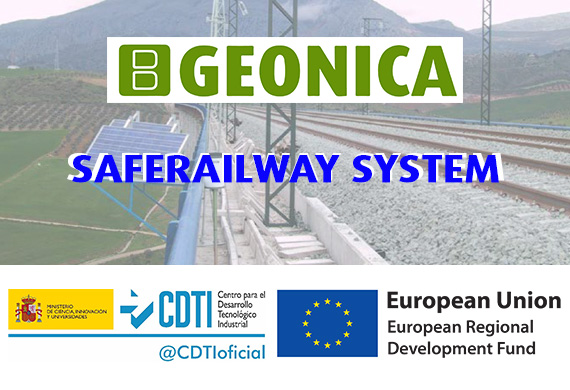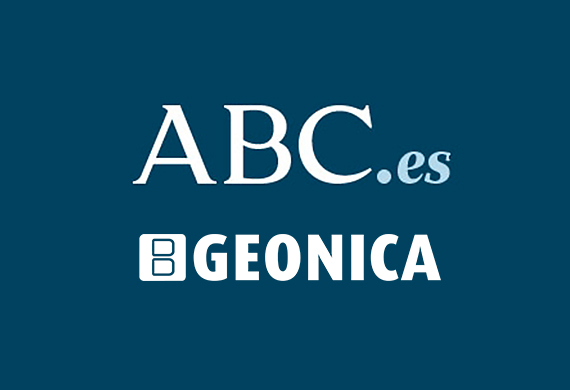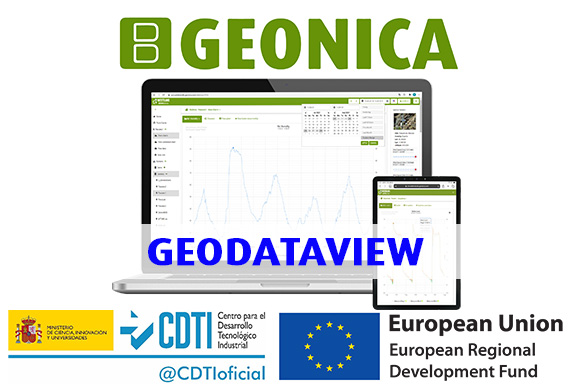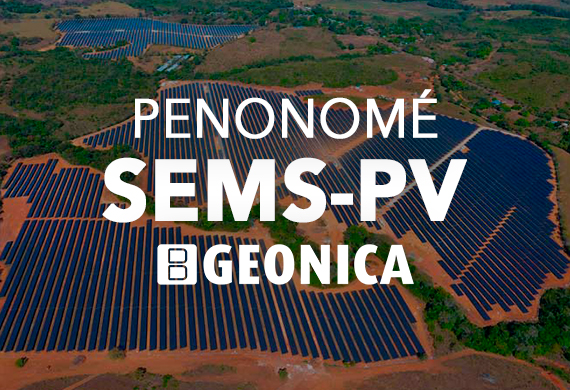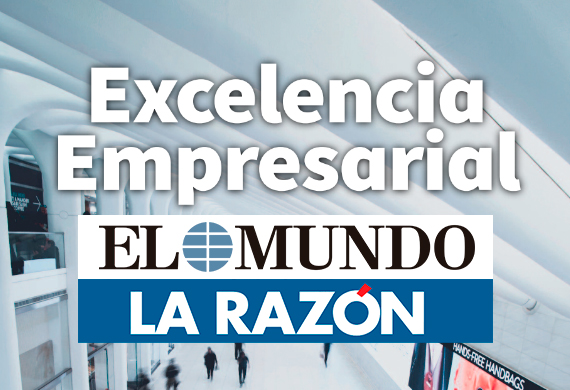- Home / Products / Geophysical Instruments / Refraction - Reflection seismics
Refraction/Reflection seismics
Engineering Land Seismographs: Refraction / Reflection Seismics and CROSS-HOLE / DOWN-HOLE Techniques. etc.
The seismic subsoil prospecting method is based on measuring the arrival times of P and S waves generated in the ground by a suitable mechanical energy source (hand hammer, impact generator, etc.), which are transmitted from a given point to a distant point where the corresponding sensors (geophones) connected to the recording seismograph are installed.
Because the propagation speed of seismic waves in the ground is different for each type of material, the Refraction Prospecting technique makes it possible to determine the depth and inclination of the different superimposed layers.
Likewise, Engineering Seismographs, which are the seismographs used for these techniques, measure the propagation speed of waves in the ground, and based on those values, a series of characteristics can be deduced, such as the modulus of elasticity of the formation, the rippability of the rock, the degree of compaction or settlement of the soils, as well as several other properties of interest for civil engineering.
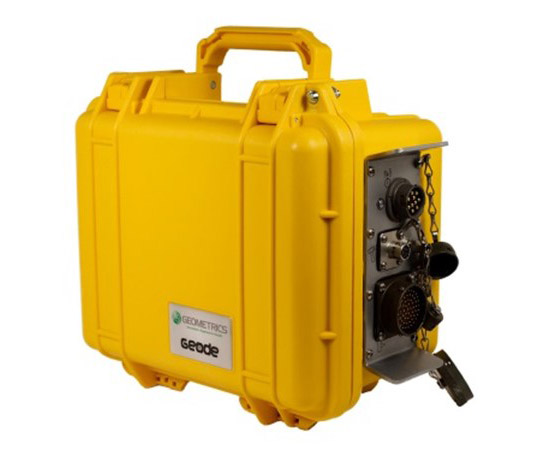
Reflection techniques can also be used to determine the characteristics of the subsoil, measuring the return times of the waves generated on the surface and reflected by the discontinuities in the ground.
Other seismic techniques are cross-hole, down-hole, up-hole, etc., in which the source of mechanical energy is inside a borehole and the receiving geophones inside another borehole parallel to the first one (cross-hole), spaced a suitable distance apart. If the source is on the surface and the geophones are inside a borehole, the technique is called down-hole, and there are several other possible combinations for the relative positioning of the source and the seismic sensors. Lastly, if the source is inside the borehole and the geophones are on the surface, the technique is called up-hole.
Main applications
- Geotechnical studies.
- Geological research.
- Studies of rock rippability.
- Measurement of propagation speed.
- Quarries and mining for aggregate, etc.
- Civil Engineering.
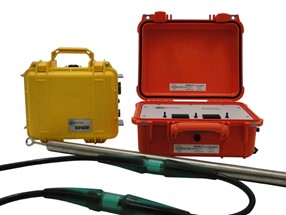
Refraction/Reflection seismics
Related Products
Dataloggers Serie 4000
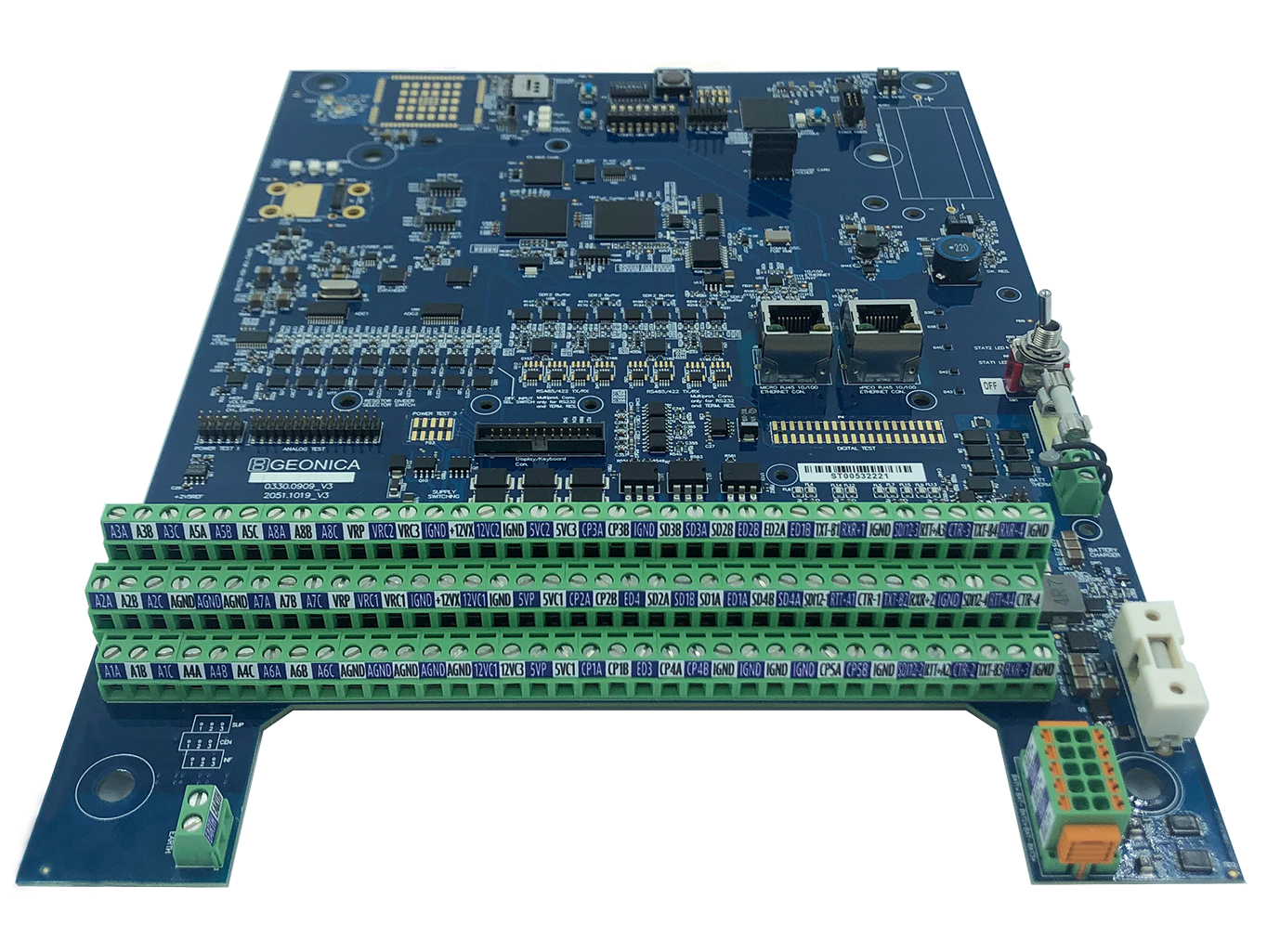
Dataloggers Serie 4000
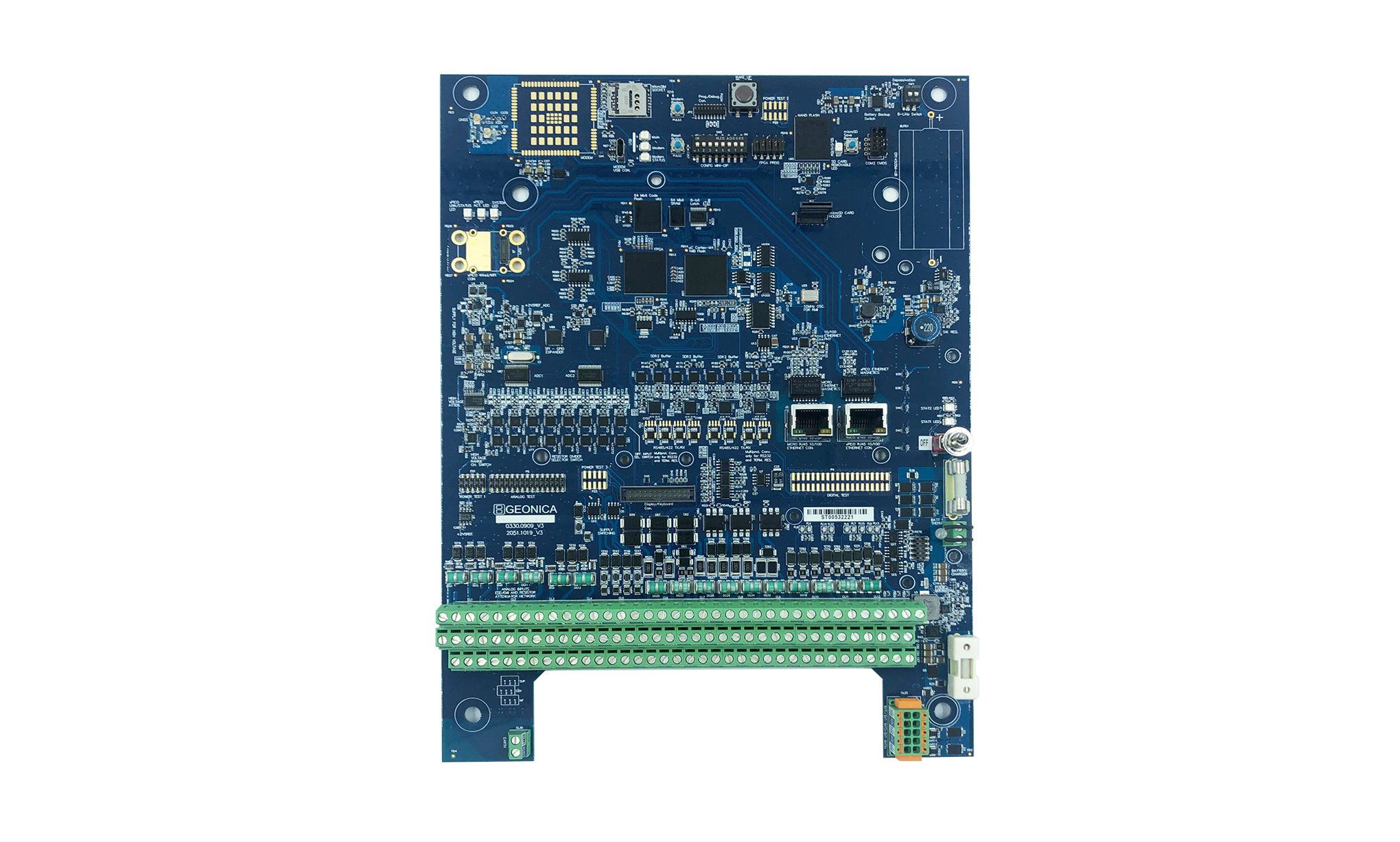
Dataloggers Serie 4000



































